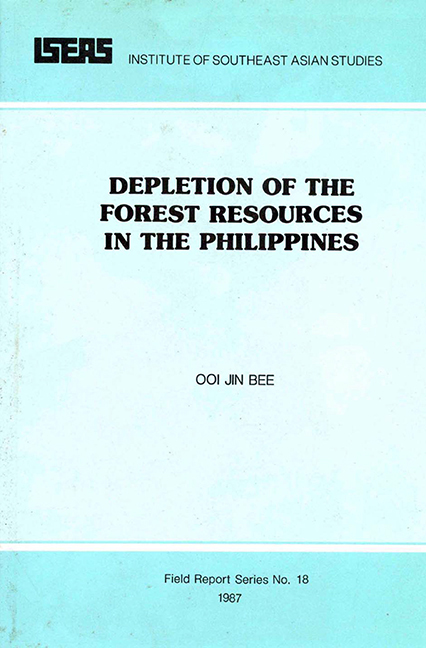Book contents
Summary
It is possible to distinguish four types of tropical forests: wet evergreen or rainforest, moist deciduous forest, dry deciduous forest, and open woodland. Rainforests and wet deciduous forests may be grouped together as tropical moist forests (TMF). About two-thirds of the world's TMF consists of rainforests that develop in areas receiving between 4,000 to 10,000 mm. of rainfall per annum. They are evergreen and are genetically and ecologically very rich. Hoist deciduous forests develop in areas of lesser rainfall (1,000-4,000 mm. annually).
One of the results of the U.N. World Conference on the Human Environment held in Stockholm in 1972 was an increased international awareness of the seriousness of the current trends in the loss of forest cover and growing stock in the developing countries of the tropical world. Among the recommendations of the Conference pertaining explicitly to this issue was one which called for the continuous monitoring of the world's forests in collaboration with the FAO, UNEP, and UNESCO.
In the decade after the Stockholm Conference a number of studies of the world's TMF were published. These were 1argely attempts to evaluate and synthesize heterogenous data of varying quality and reliability. Although the final figures and conclusions arrived at by the authors varied in detail, all were unanimous in their views that the world's TMF were being depleted rapidly, in many cases beyond critical thresholds (see Persson 1974; Sommer 1976; Myers 1980; the Global 2000 Report 1981).
Estimates of the rates of deforestation varied considerably. Sommer (1976) reported that the total area of TMF in the mid-1970s was 935 million hectares. This was 40 per cent less than their previous global coverage. His computation of the annual TMF loss was 11 million hectares (1.2 per cent per annum). In a later study Lanly and Clement (1979) put the annual loss at 5.6 million hectares. This figure covered only those TMF that were permanently removed. At the other end of the scale, Myers (1980) estimated that 20 million hectares of TMF were being destroyed or seriously degraded each year.
- Type
- Chapter
- Information
- Publisher: ISEAS–Yusof Ishak InstitutePrint publication year: 1987

